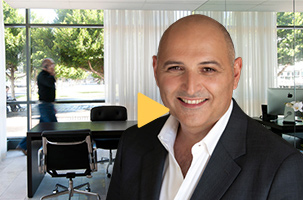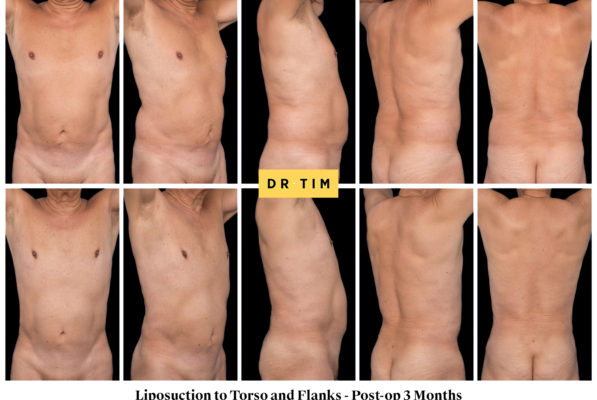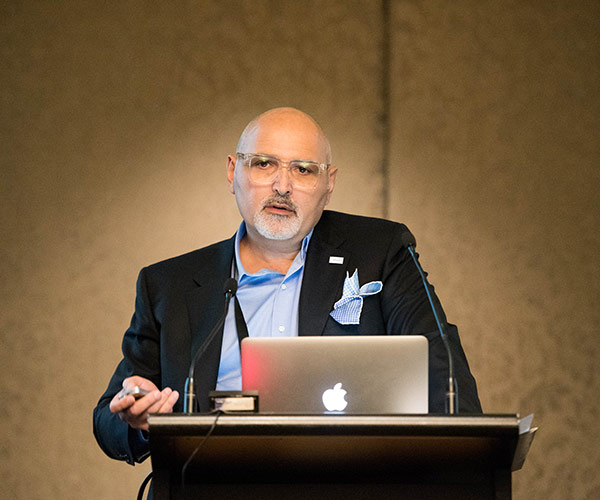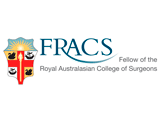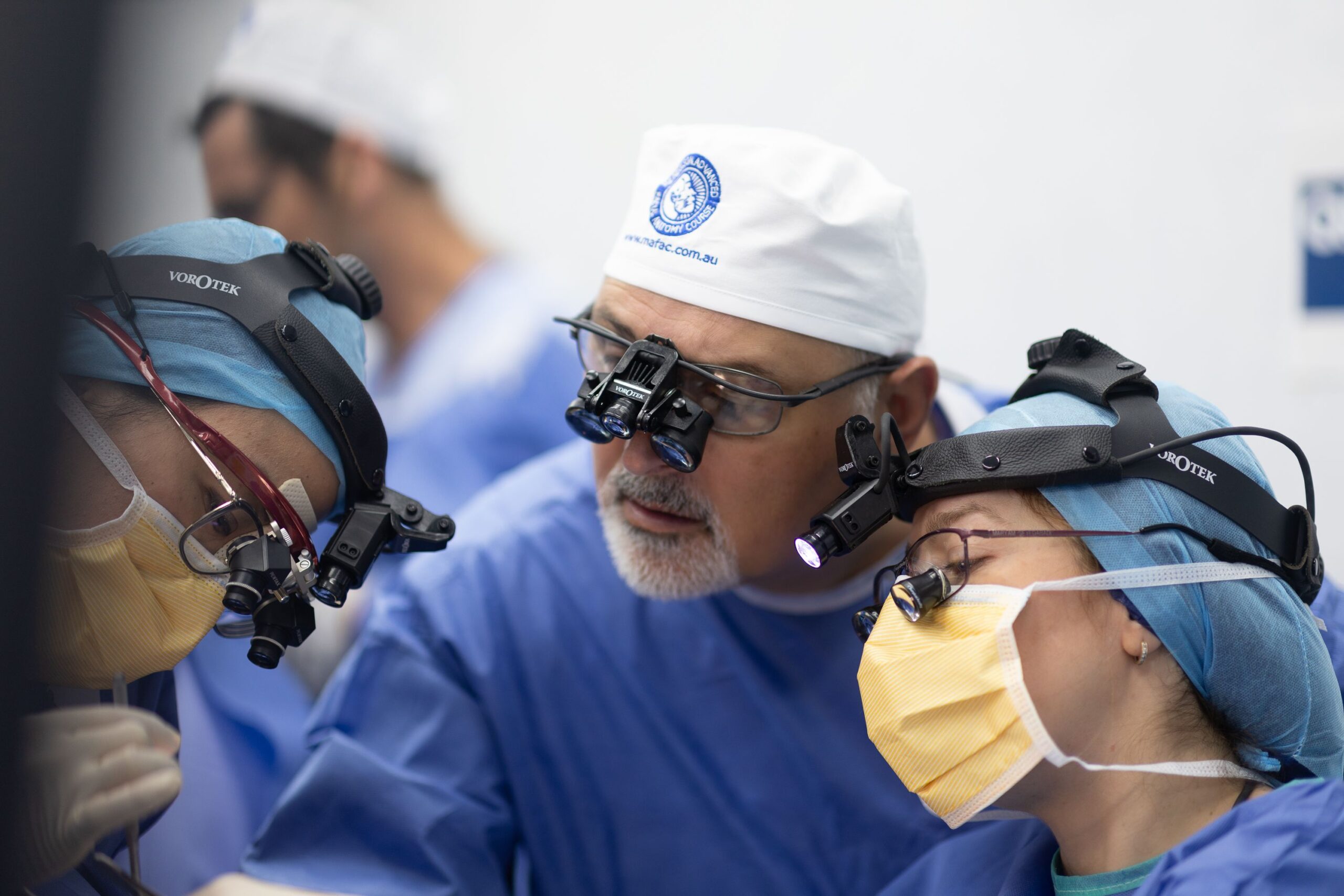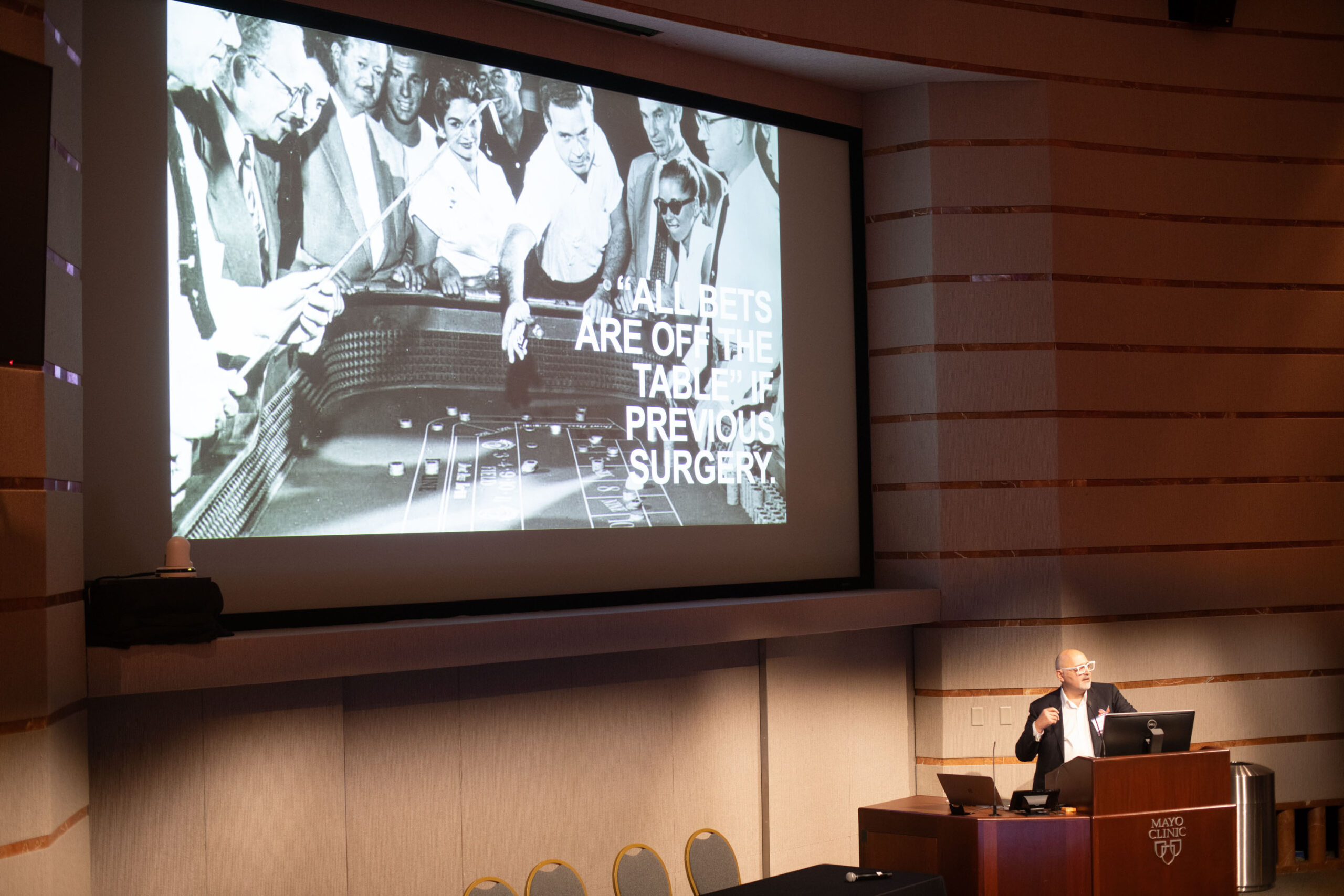Changes in our bodies can occur for many reasons, including lifestyle habits, genetics, and natural aging. These natural processes can sometimes result in an accumulation of fat in specific areas, such as the abdomen, hips, buttocks, thighs, knees, upper arms, chin, cheeks, and neck. For some, Lipoplasty (Liposuction) might be a suitable option. It’s a procedure focused on addressing the distribution of fat in your body according to your personal expectations and medical recommendations. The procedure can assist with fat that is difficult to manage with diet and exercise alone.
Lead by specialist Plastic Surgeon, Dr. Tim Papadopoulos at our Sydney clinic, we offer Lipoplasty procedures to both men and women.
The decision to undergo Lipoplasty is a personal one and should not be seen as a societal expectation or norm. It is one of the ways people choose to manage changes in their bodies, and we belive that you should consider all available options, including changes in lifestyle habits, your mindset around your body, as well as non-surgical options to manage these changes.
Our team is committed to providing a professional, respectful, and patient-focused approach to help you make an informed decision that aligns with your personal expectations and overall wellbeing.
Lipoplasty (Liposuction) is a procedure focused on addressing the distribution of fat in specific body areas such as the abdomen, hips, buttocks, thighs, knees, upper arms, chin, cheeks, and neck.
The procedure can be performed under general or local anaesthesia, depending on the number of areas being addressed and the amount of fat to be removed.
The method involves the use of a cannula and negative pressure to suction out fat.
The surgery duration can vary based on the extent of fat removal and the number of areas treated.
Please note that these facts are general in nature, and specific details may vary based on individual circumstances. We encourage patients to have a detailed consultation with Dr. Tim to understand the procedure fully.
Risks of Lipoplasty (Liposuction)
Like any surgical procedure, lipoplasty (liposuction) comes with its potential risks and complications. Dr. Tim believes in transparency and ensures that patients are well-informed about all possible outcomes. Here are a few risks associated with this surgery:
Bleeding: As with any surgery, there’s a risk of bleeding during and after the procedure. Dr. Tim takes every precaution to minimise this risk.
Infection: While rare, infections can occur after any surgical procedure. Should an infection occur, it’s typically treatable with antibiotics.
Scarring: Liposuction incisions are small, but there can still be some degree of scarring. However, Dr. Tim’s surgical techniques are designed to reduce visible scarring, and any remaining scars often fade over time.
Changes in Skin Sensation: You may experience temporary changes in skin sensation around the surgical site, including numbness or tingling. This usually resolves over time.
Irregular Contour or Rippling of the Skin: While Dr. Tim strives for a smooth contour following liposuction, there is a risk with any liposuction that some patients may experience irregularities in the skin’s surface. Factors such as skin elasticity, the patient’s healing response, and the amount of fat removed can contribute to this outcome.
Seroma: This is a condition where fluid accumulates under the skin following surgery. If this happens, it may need to be drained.
Adverse Reaction to Anaesthesia: With any surgery where you go under general anaesthetic, there is a risk of adverse reaction to anaesthesia. The anaesthetist will discuss this with you in detail prior to your procedure.
It’s important to discuss these risks thoroughly with Dr. Tim during your consultation. His extensive experience and commitment to patient safety help to minimise these risks and promote an optimal surgical outcome.
Recovery from lipoplasty (liposuction)
Recovering from lipoplasty, also known as liposuction, is a step-by-step process. Dr. Tim’s expertise and personalised care aim to provide comprehensive guidance to each patient during the post-operative period. Here is a typical timeline of what to expect during recovery:
Immediate Post-Procedure: The lipoplasty procedure usually lasts between 1 to 4 hours, depending on the extent of the surgery. Upon completion, Dr. Tim will provide you with detailed instructions for post-operative care.
Patients typically return home the same day, unless the surgery is more extensive. It is recommended to have someone available to drive you home and assist you during the initial recovery period.
First Few Days: After the surgery, expect to experience some discomfort, bruising, and swelling. Dr. Tim will prescribe medication to help manage any pain. In addition, he may advise you to wear a compression garment to aid in the reduction of swelling and to provide support.
First Week: Most patients can resume work and light activities within a week, depending on their job and the extent of the surgery. Physical exertion should be avoided during this period, but light movements, such as walking, can be beneficial for circulation and can aid the healing process.
Two to Three Weeks: By this time, the initial swelling and bruising should have begun to subside. While you may start noticing some changes in the treated area, the final results will not be immediately apparent as your body requires time to adapt and heal.
Six Weeks: After six weeks, the majority of swelling should have resolved, making the results of the lipoplasty more visible. Dr. Tim may recommend that you continue to wear the compression garment to help achieve the best results.
Three to Six Months: This period typically marks a significant milestone in your recovery process, as the final results of your lipoplasty become more evident.
One Year: At this point, full healing has typically occurred, allowing you to fully appreciate the changes from the lipoplasty. However, it’s crucial to understand that individual recovery timelines can vary.
Maintaining a stable weight is important for maintaining the changes made during lipoplasty. Weight fluctuations can impact the results, so maintaining a healthy diet and regular exercise routine is advised for long-term success. Follow-up appointments with Dr. Tim will help monitor your progress and answer any queries you might have during the recovery process.
This content is suitable for an 18+/adult audience only
These photos are of consented patients of this clinic/medical practitioner and have not been altered or digitally enhanced.
Outcomes shown are only relevant for this patient and do not necessarily reflect the results other patients may experience, as results may vary due to many factors including the individual’s genetics, diet and exercise.
Click on the images below to enlarge
